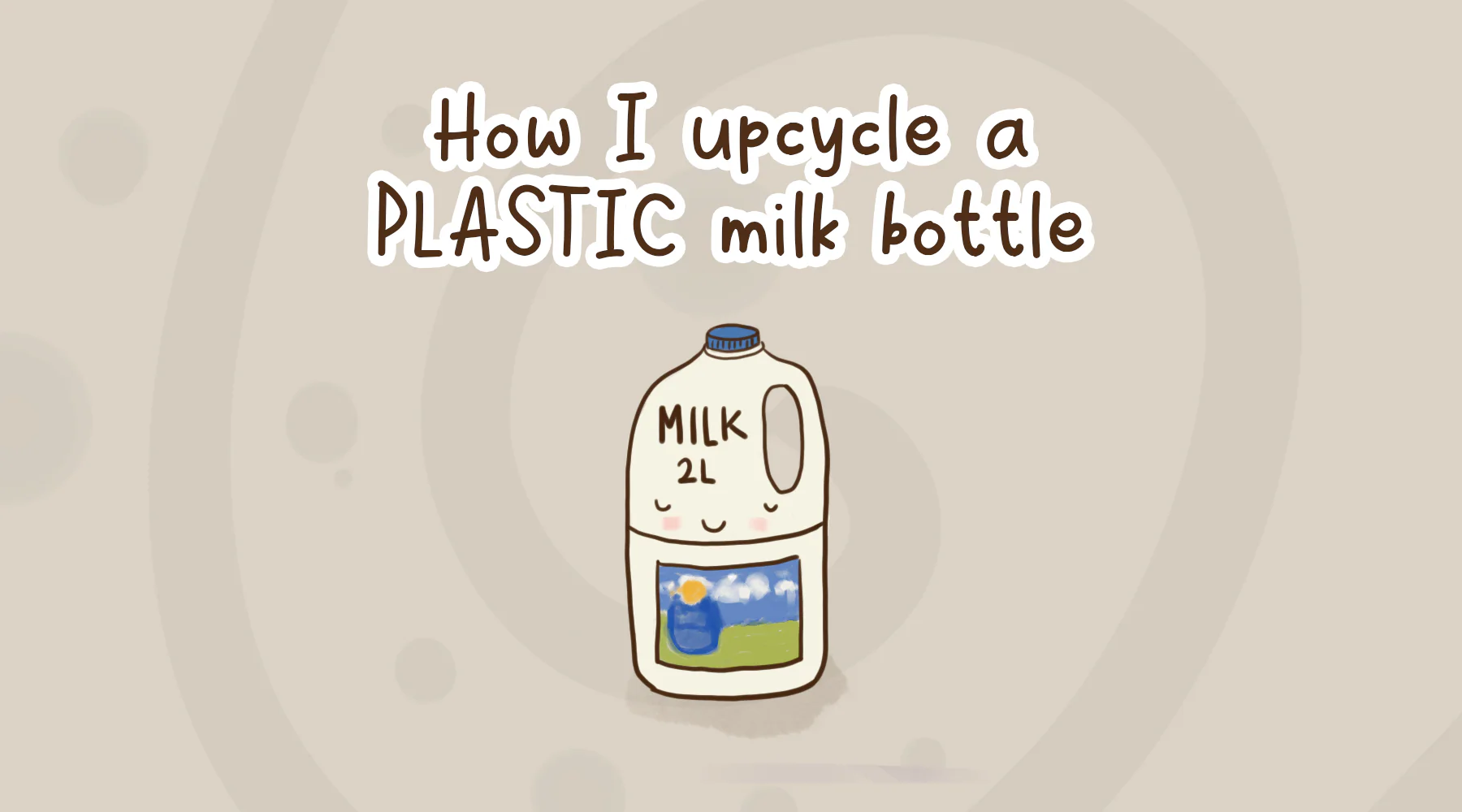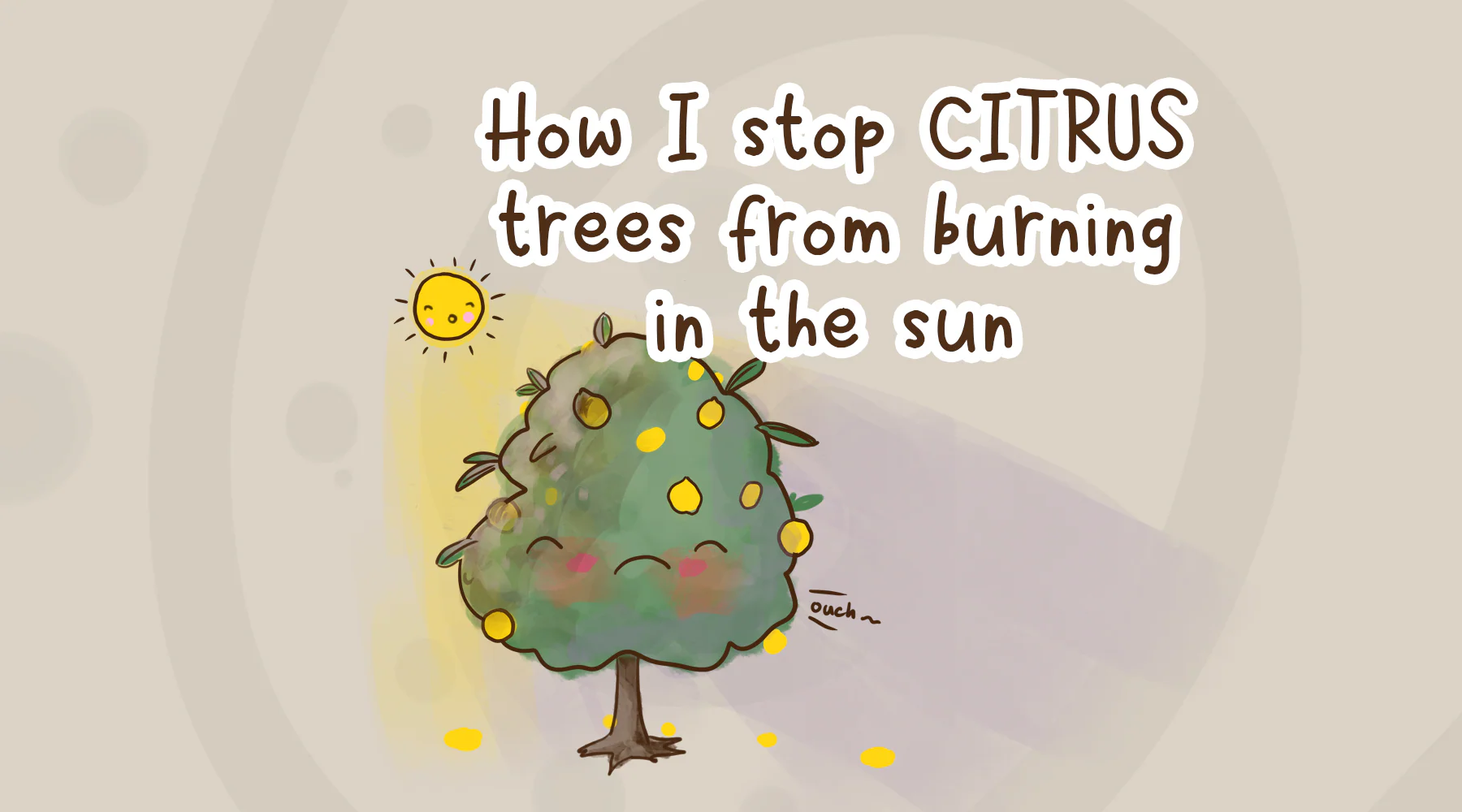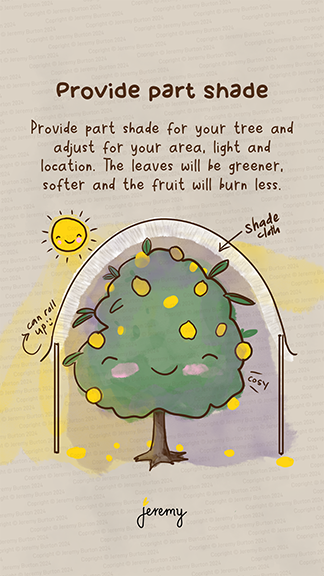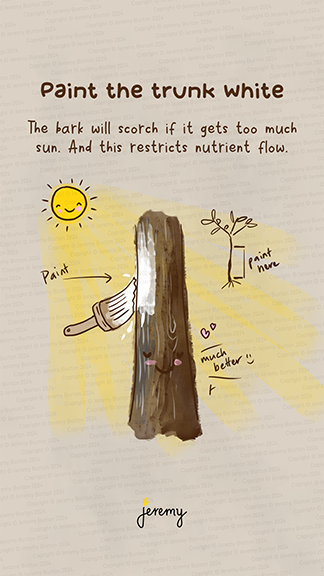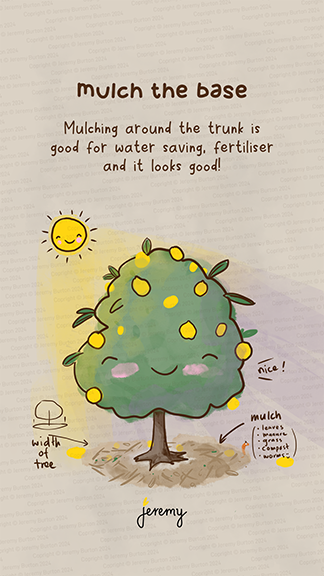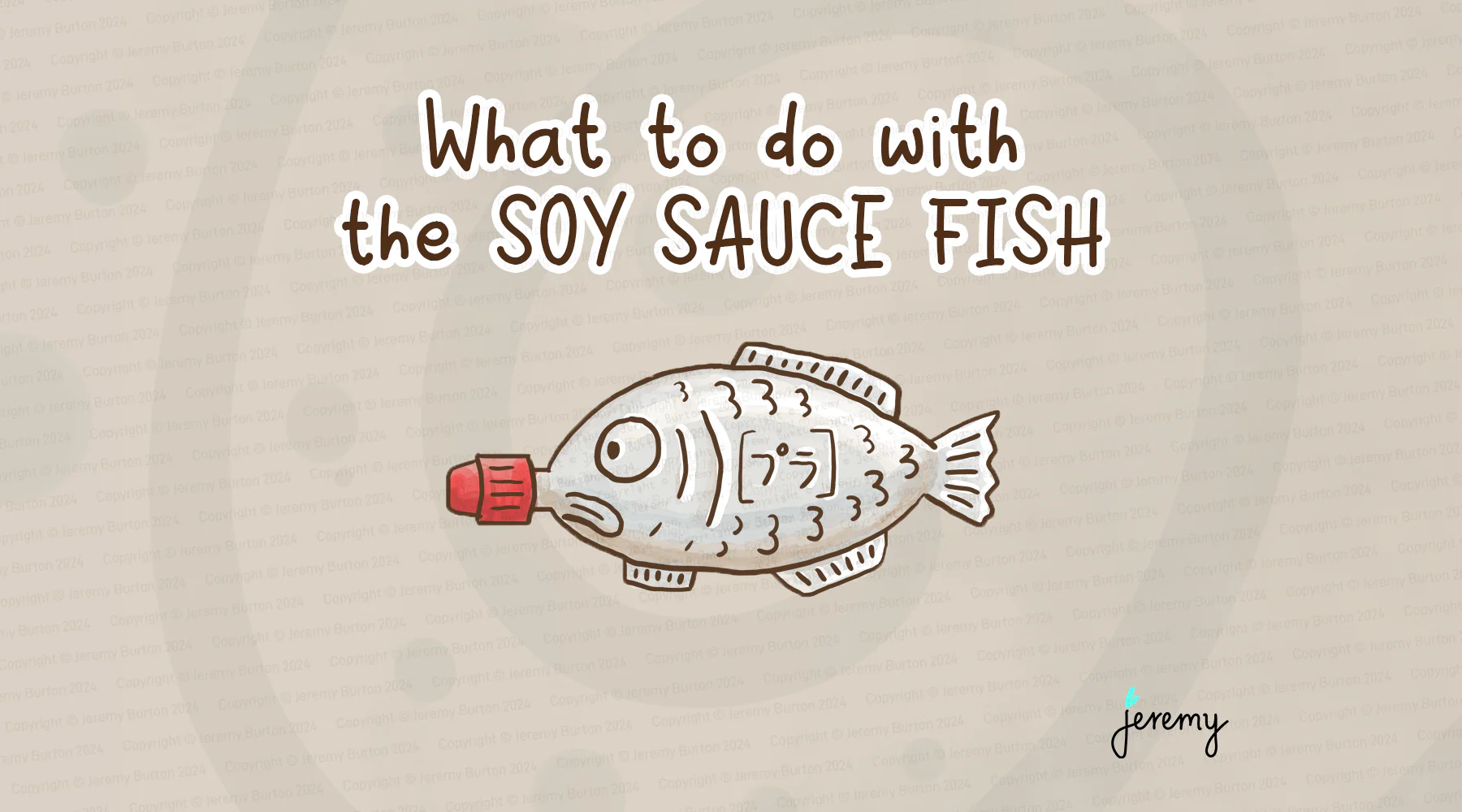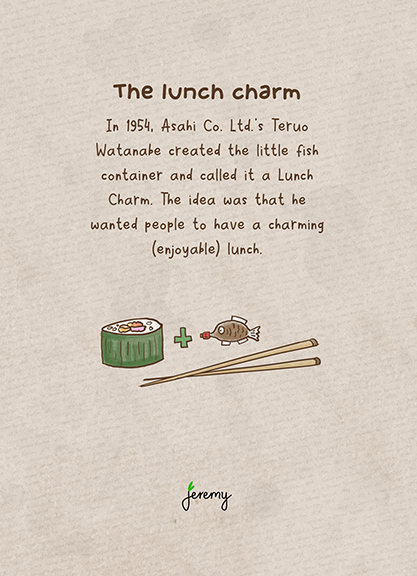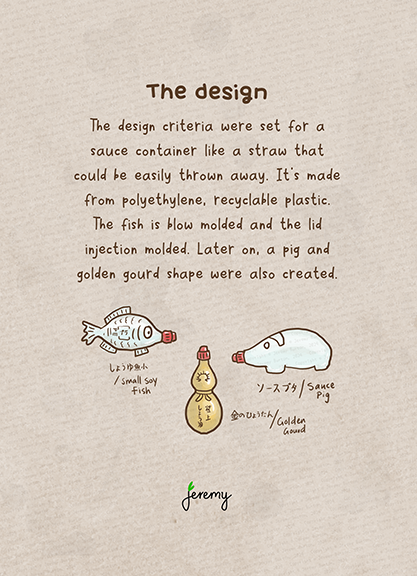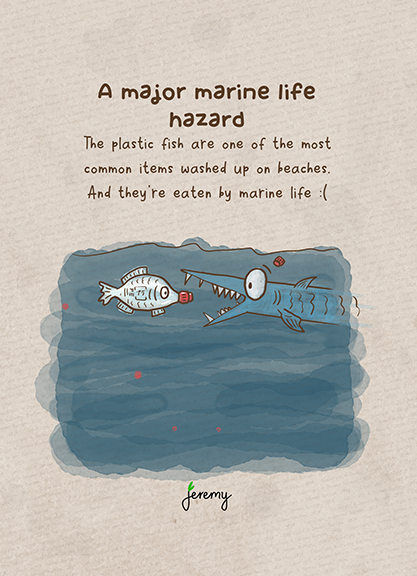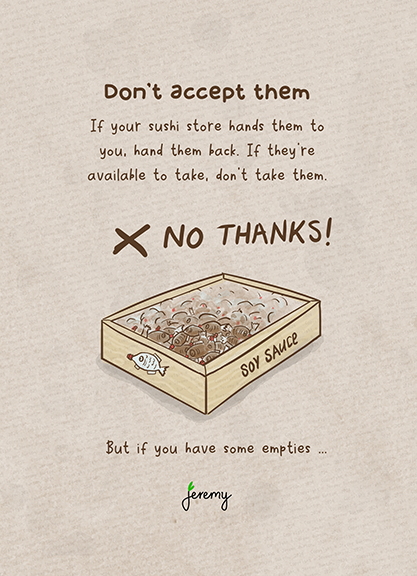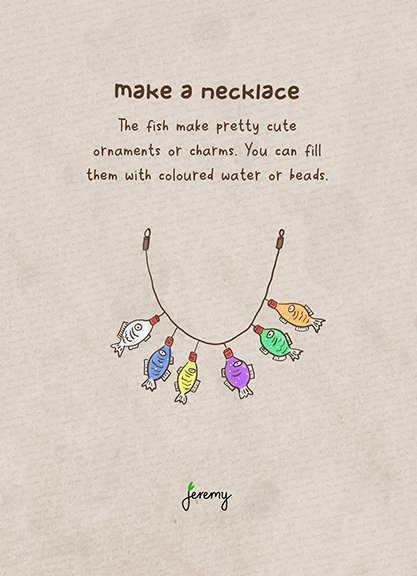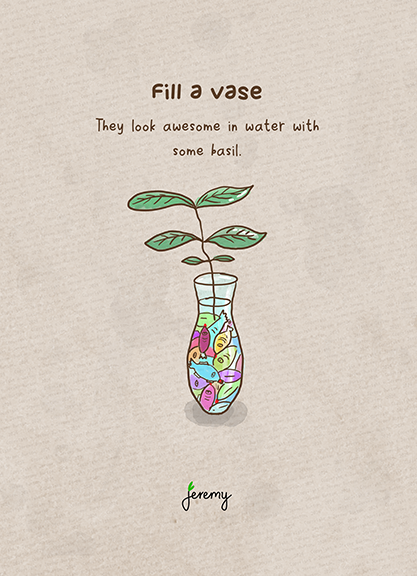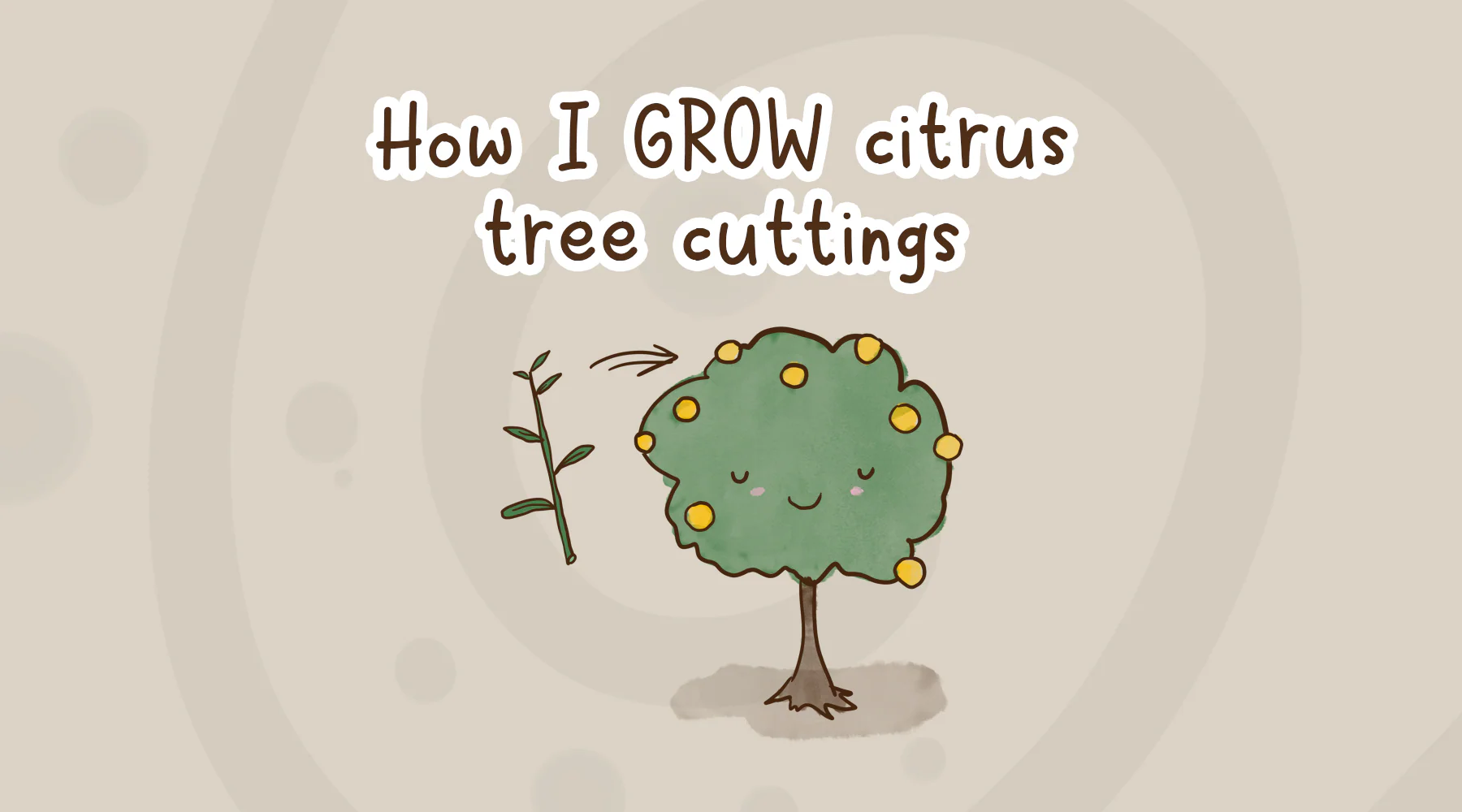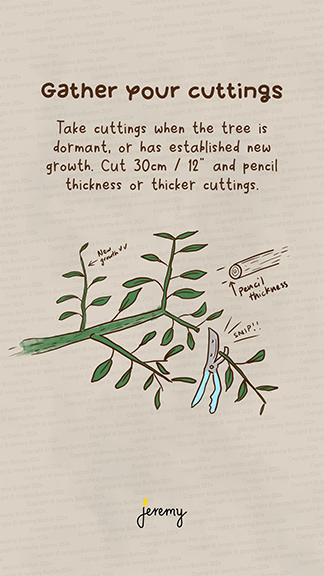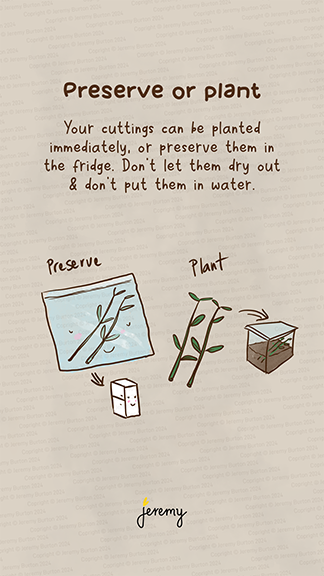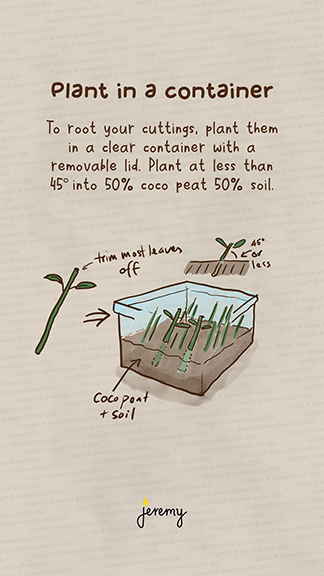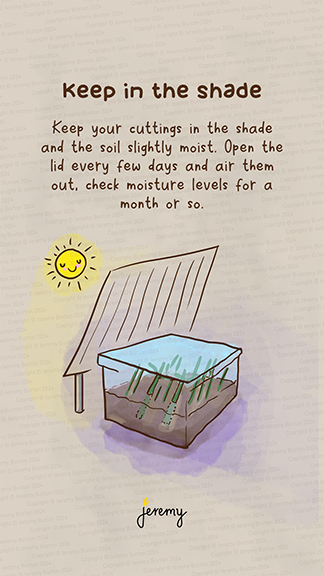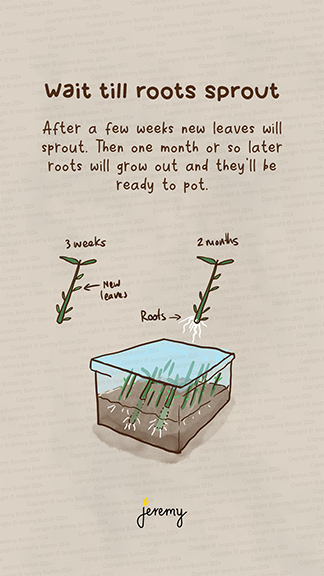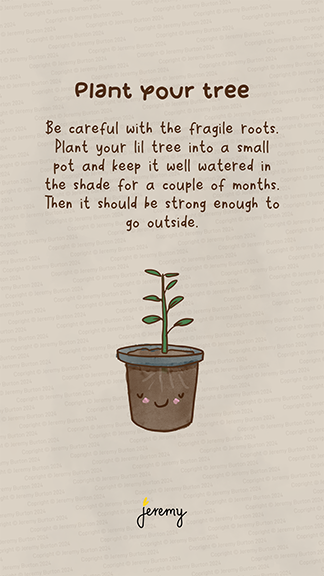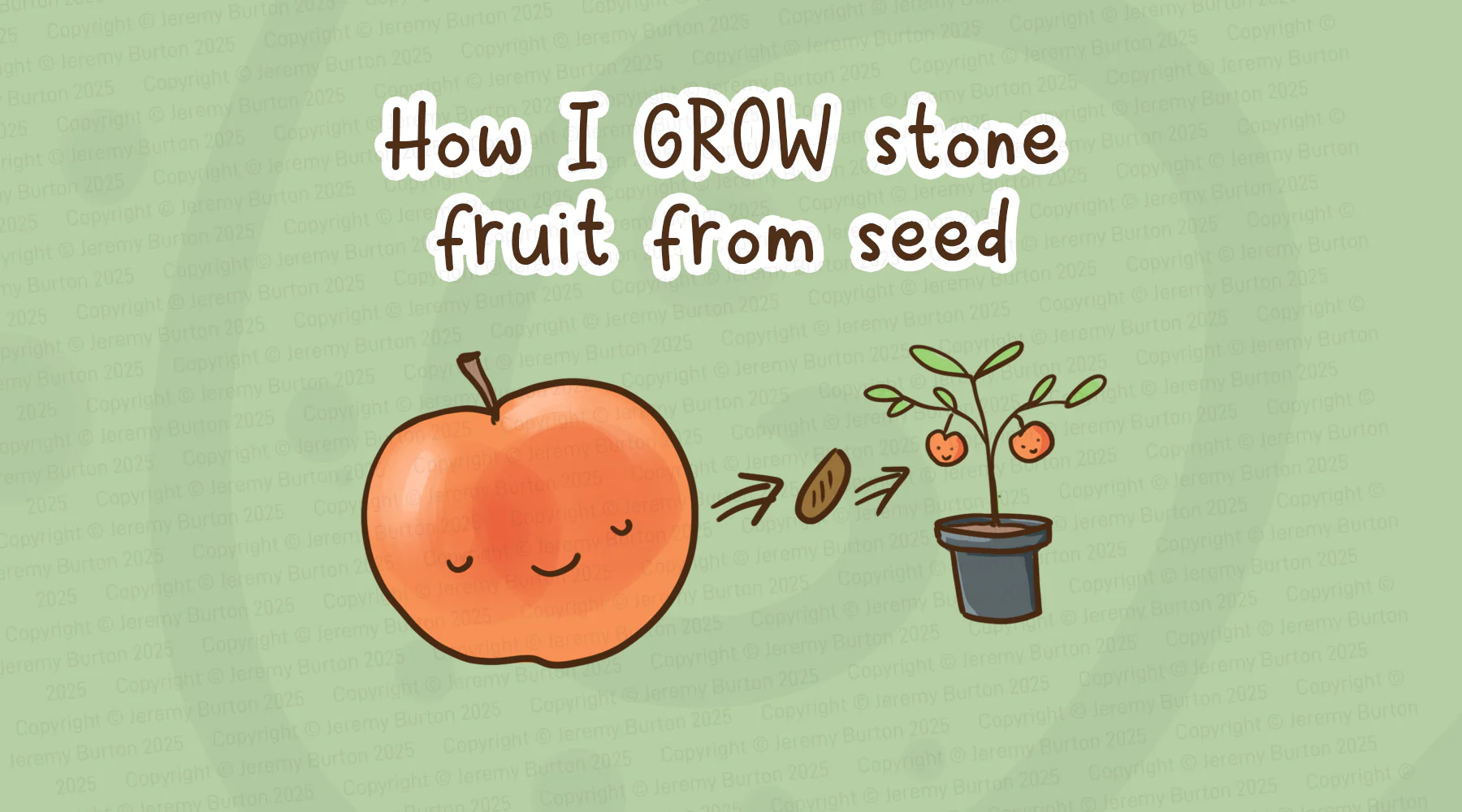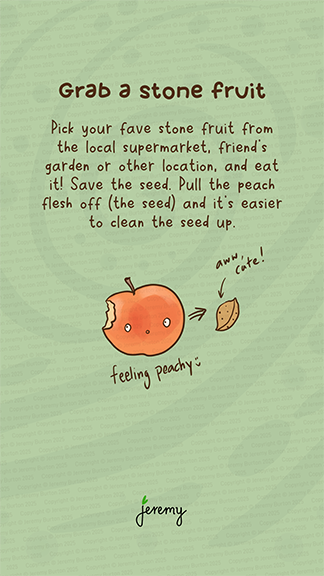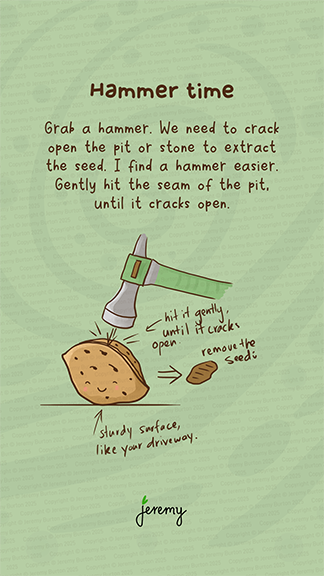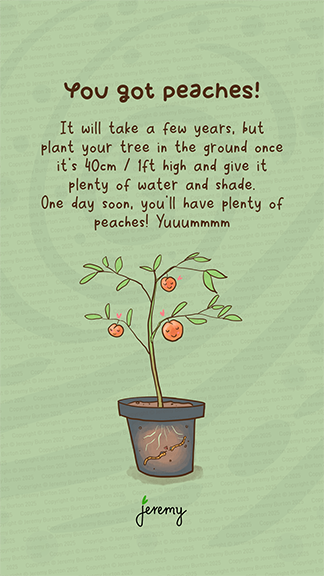Have you ever looked at those plastic milk containers and just thought, what a waste? Yeah me too. They’re single use plastic, even though they are recyclable.
Fortunately, there are lots of ways to reuse these. One way I upcycle them is into pots for plants. They’re a great size to get seedlings or small trees started and they have a convenient little handle built in.
Here’s how I upcycle the plastic milk bottles we have in Australia.
Grab your milk bottle
I use the standard 2L milk bottles that are common here in Australia. It’s a good size for planting into.

Cut the top off
I make two cuts using scissors, around the top all the way around. You’re going to make an inverted funnel to plant the seedling into. You can alternatively, just cut the top off and use it that way (just cut the top off and keep the handle).
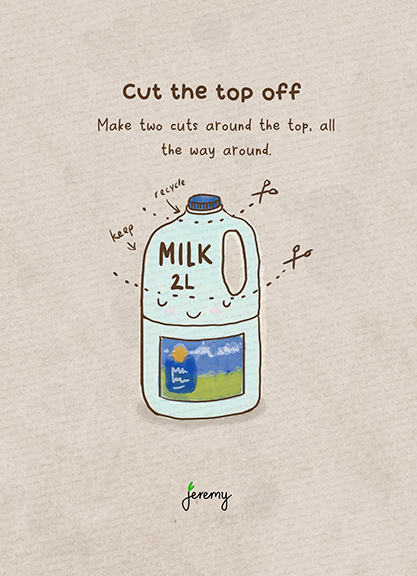
Open drainage holes
Use scissors or a drill to open drainage holes in the bottom of the bottle. it works better if you push them out from the inside if you’re using scissors, the water will drain better. The holes also provide an escape route for your worms if you add them.
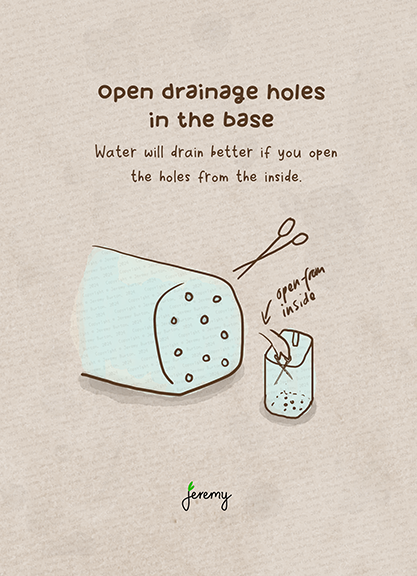
Fill up with soil
Almost fill your milk bottle with potting mix or soil and add a worm or two if you have them. Worms will only eat anything rotting.
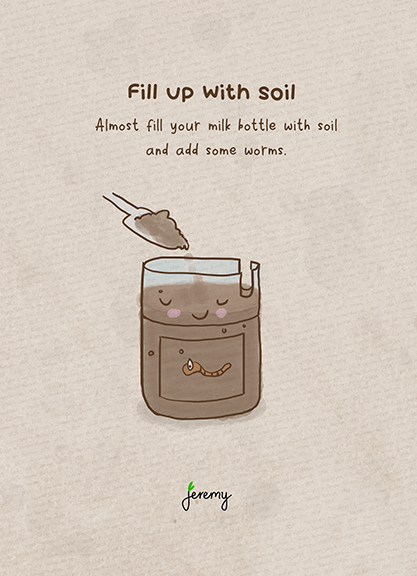
Plant your seedling
Put your seedling through the upside down lid and plant the roots into the soil by placing the inverted lid into the main bottle. This is a little tricky but you’ll get it!
The upside down lid helps reduce water evaporation.
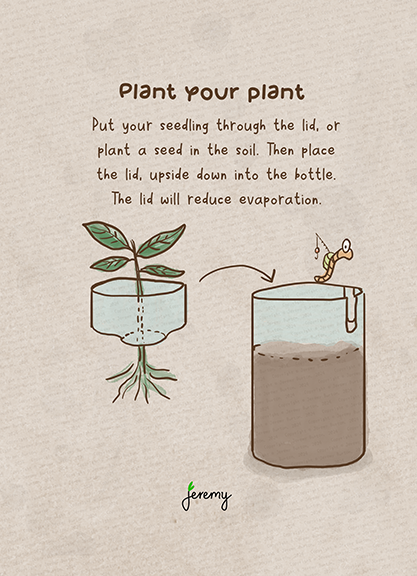
Place it in the shade
Your seedling will need some time to settle. Give it some care and attention until it’s big enough to plant into the ground or a bigger pot.
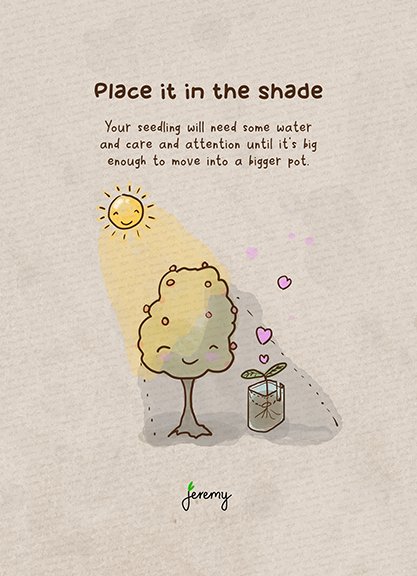
You can use this container again even after you plant out your seedling into a bigger pot. Just start all over again.
Nice work!
Leave a comment if you found this useful.
Join me on Threads for more or subscribe at the bottom of the page for these posts in your email.

